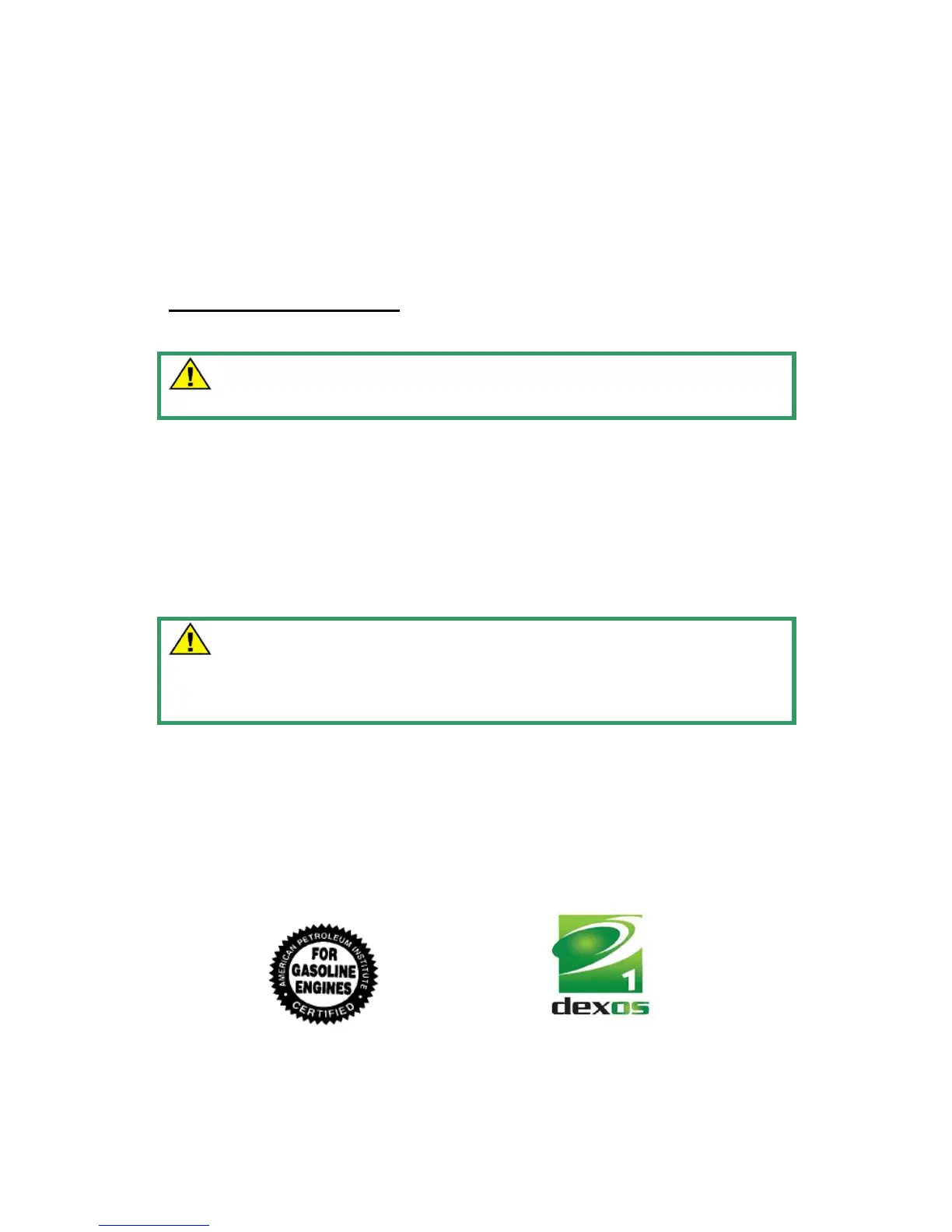

Do you have a question about the Kodiak KM10124 and is the answer not in the manual?
Covers plumbing, pump placement, hoses, fittings, and pressure setting.
Details on fuel lines, filters, and fittings for proper installation.
Recommendations for optimal fuel pump mounting location.
Guidelines for selecting appropriate fuel hoses and fittings.
Steps to correctly set the engine's fuel pressure.
Mandatory safety precautions and compliance with regulations.
Warnings about electrical shock and flammable fuel.
Details on overspeed protection, proper use, and battery charging.
Guidance to prevent damage to static-sensitive components.
Guidance on navigating and utilizing the manual's sections.
Information on locating engine model and serial numbers.
Visual representation of engine components with numerical labels.
Process for acquiring necessary engine parts.
Contact details for technical assistance and manuals.
Explanation of MIL and Check Engine light functions.
Essential checks and safety advice before engine start-up.
Critical safety advice during engine start-up.
Steps for safely turning off the engine.
Importance of idling for engine cooling before shutdown.
Critical checks before the engine is put into service.
Regular checks for ensuring engine readiness and reliability.
Maintenance tasks based on operating hours or time intervals.
Procedure and importance of daily engine oil level checks.
Step-by-step guide for replacing engine oil and filter.
Specifications for appropriate engine lubricating oil.
Instructions for correctly installing a new oil filter.
Maintenance guidelines for the air intake flame arrestor.
Procedures for checking coolant levels and heat exchanger condition.
Visual guide to the engine's cooling system plumbing layout.
Guidance on checking serpentine belt condition.
Warning regarding timely fuel system filter replacement.
Safety notes concerning high fuel pressure during servicing.
Details on the fuel filter's role and replacement intervals.
Explanation of the fuel pressure regulator's function.
Guidance on fuel octane and quality considerations.
Explanation of how altitude affects engine output.
Description of the engine's ignition system configuration.
Importance of correct spark plugs and gap settings.
Steps for preparing the engine for short-term storage.
Steps for preparing the engine for long-term storage.
Tasks for the 100-hour maintenance interval.
Tasks for the 400-hour maintenance interval.
Detailed list of checks and services for the 800-hour interval.
Guidance on diagnosing and resolving typical engine issues.
Steps for diagnosing issues when the engine fails to crank.
Troubleshooting erratic cranking and unusual engine sounds.
Procedure for diagnosing engines that crank but do not ignite.
Identifying causes and solutions for engine overheating.
Key technical data and detailed engine parameters.
Target fuel pressure range for the system.
Comprehensive schedule of checks and services by interval.
Details of the 1-year limited parts warranty coverage.
How to obtain warranty service.
List of circumstances excluded from warranty coverage.
Initial diagnostic steps and an introduction to SPN/FMI error codes.
Comprehensive reference for specific diagnostic trouble codes and their meanings.
List of authorized service centers in various US states.
Contact information for service outside the US.